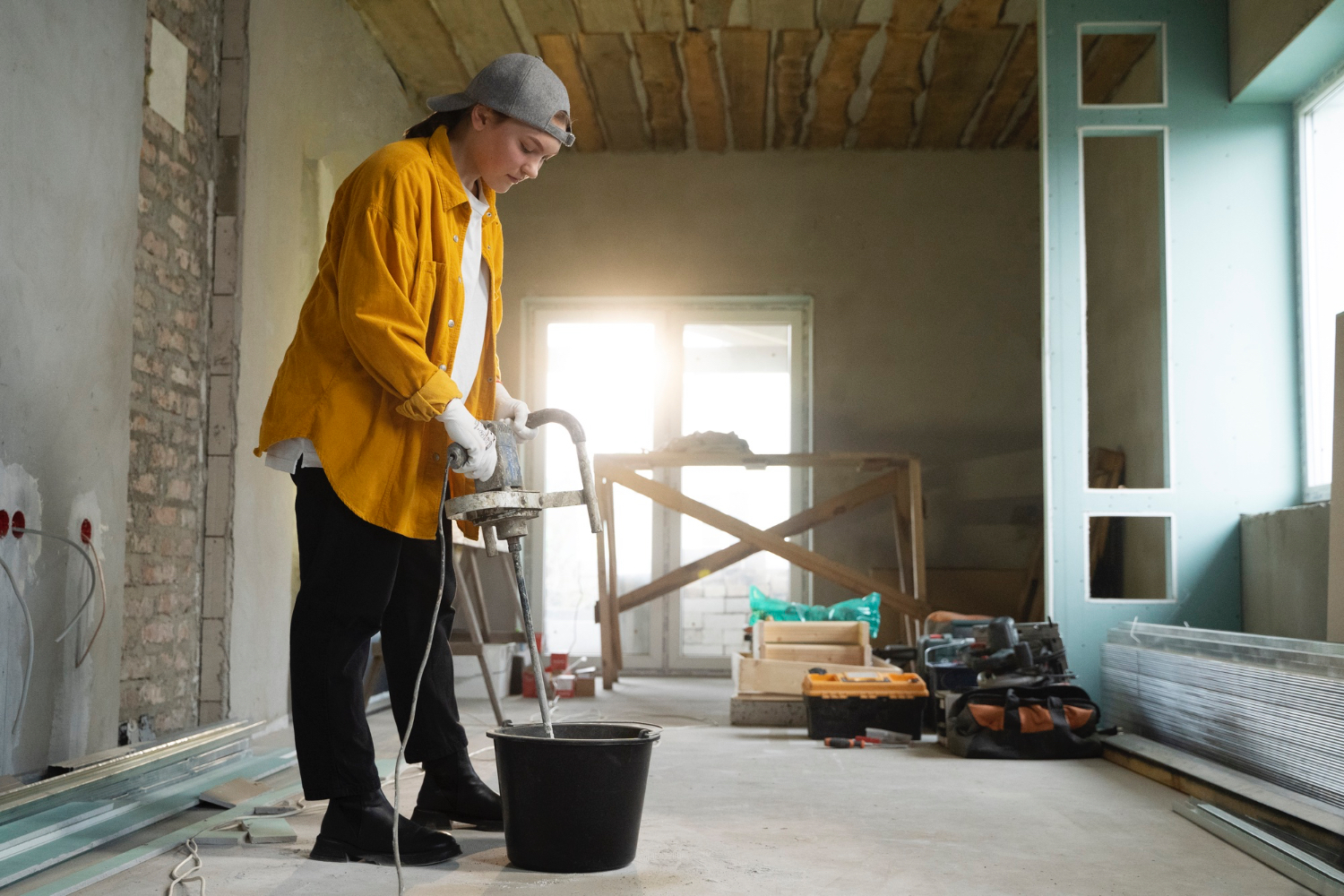Some things tucked into closets and garages carry more risk than nostalgia. Safety science moved on, laws tightened, and familiar products slipped off shelves without ceremony. What this really means is that many homes still hold relics that do not meet current standards. Rules often target sales, not possession, so items linger. The smart move is to learn the why behind each restriction, retire old stock responsibly, and replace it with safer gear that respects what has been learned.
Lawn Darts From The 70s And 80s
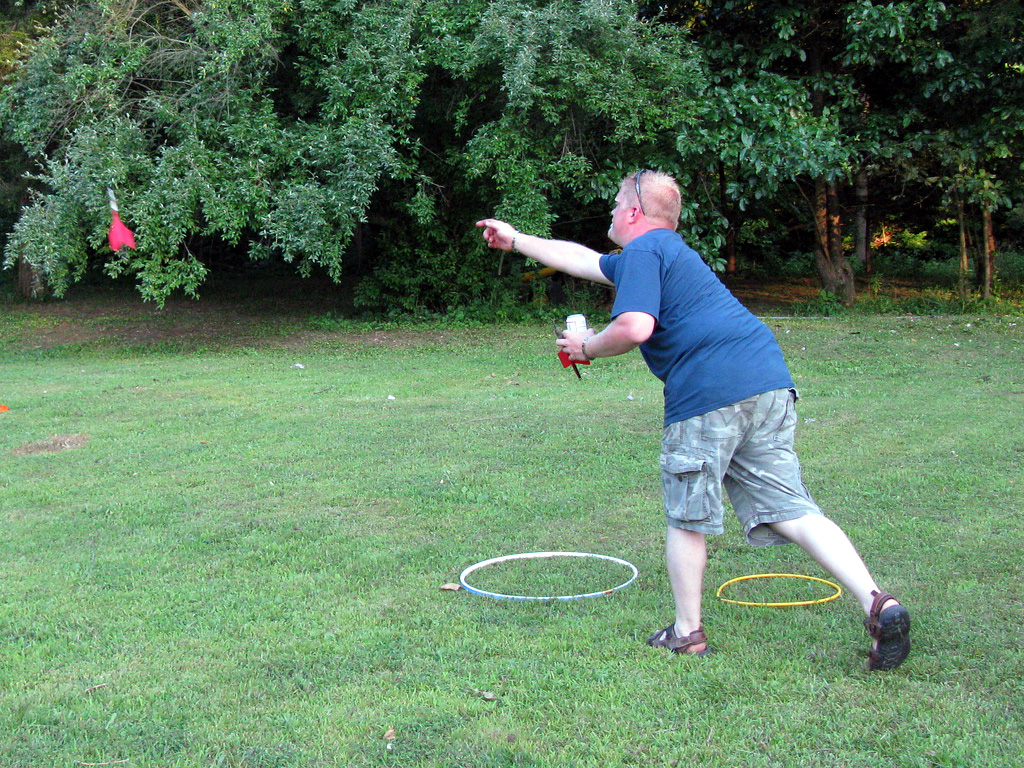
Metal tipped lawn darts turned backyard games into emergency room visits. The weight and point concentrated force on impact, and several tragedies pushed regulators to end sales. Sets still surface in attics and online swaps, where nostalgia outpaces memory of risk. The design lesson is simple. If a family game can pierce a skull, it is not a game. Retiring surviving sets avoids preventable injuries and keeps childhood fun from borrowing harm.
Drop Side Cribs From Earlier Nurseries
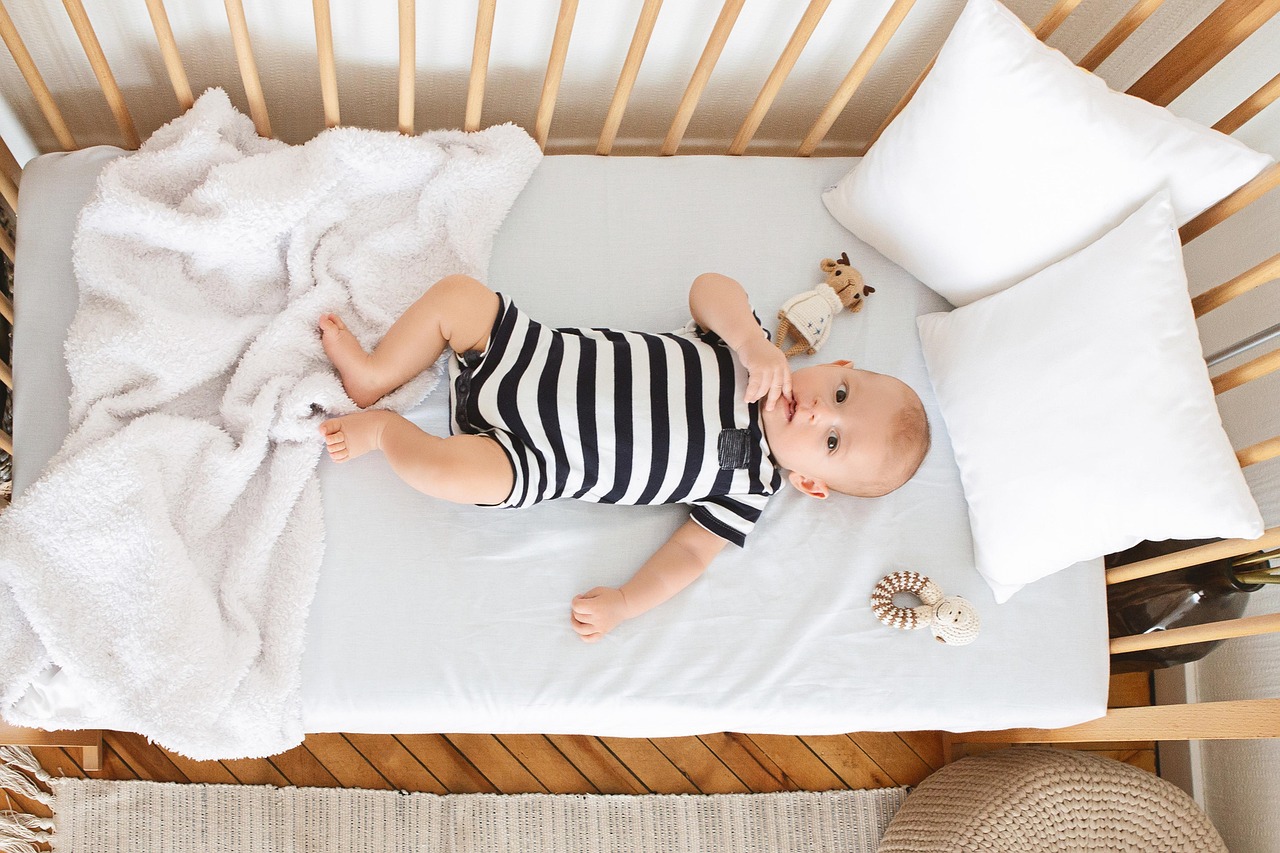
Drop side cribs made sheet changes quick and convenient, then proved dangerously prone to hardware failures and entrapment. After recalls and investigations, manufacturing and sales were halted, and new standards demanded sturdier construction and testing. Heirloom cribs still pass through families, carried by sentiment more than safety. The safest place for an infant is a rigid, intact sleep space with modern hardware. Memory can live in blankets and photos, not in risky frames.
Inclined Sleepers And Crib Bumpers
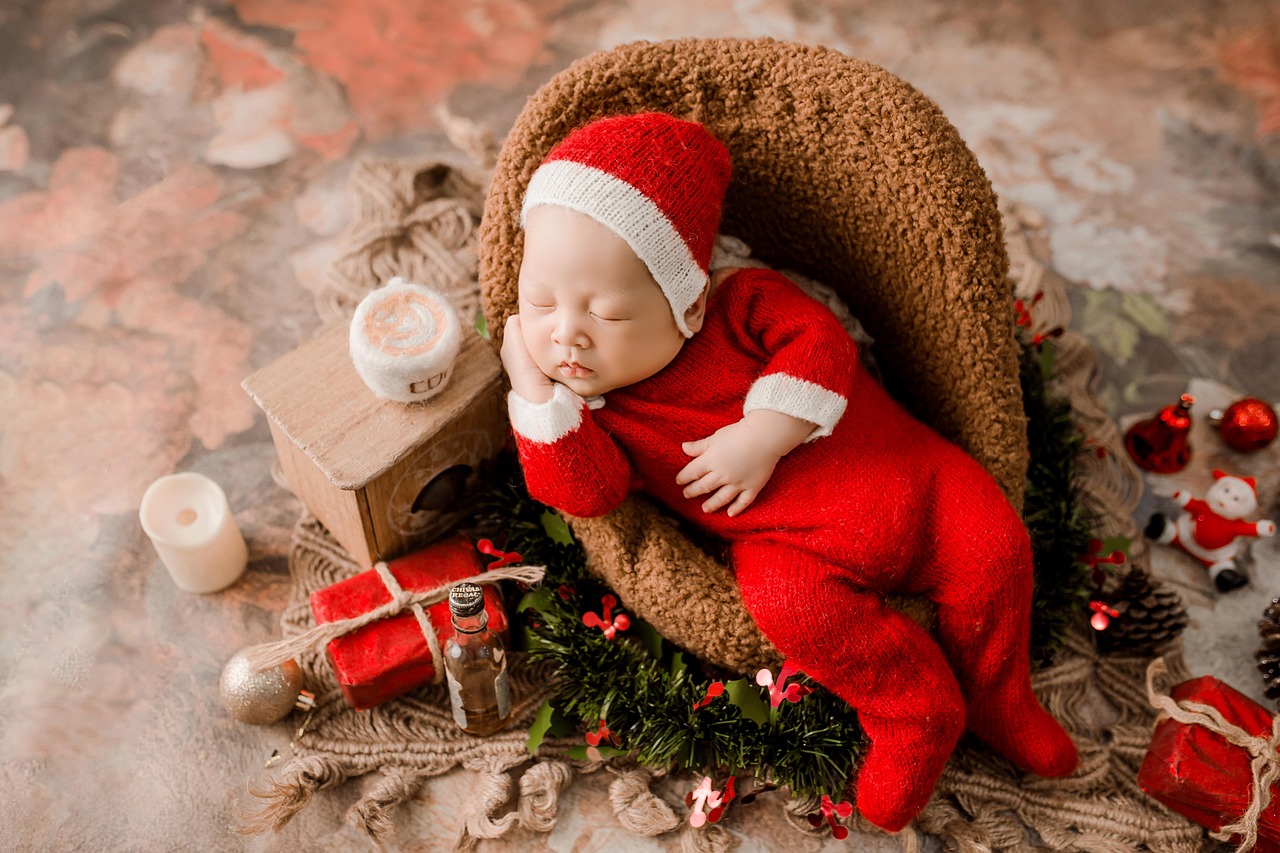
Inclined sleepers promised better rest, yet elevation and soft surfaces increased suffocation risk. Crib bumpers dressed the rails, then trapped fragile airways during sleep. National rules now bar these products, aiming to protect infants when supervision lapses at night. Old units remain in closets and thrift piles, tempting budget minded setups. A flat, firm, empty crib turns out to be the real innovation. Simpler gear, fewer variables, safer mornings for tired parents.
Lead Based Paint In Pre 1978 Homes
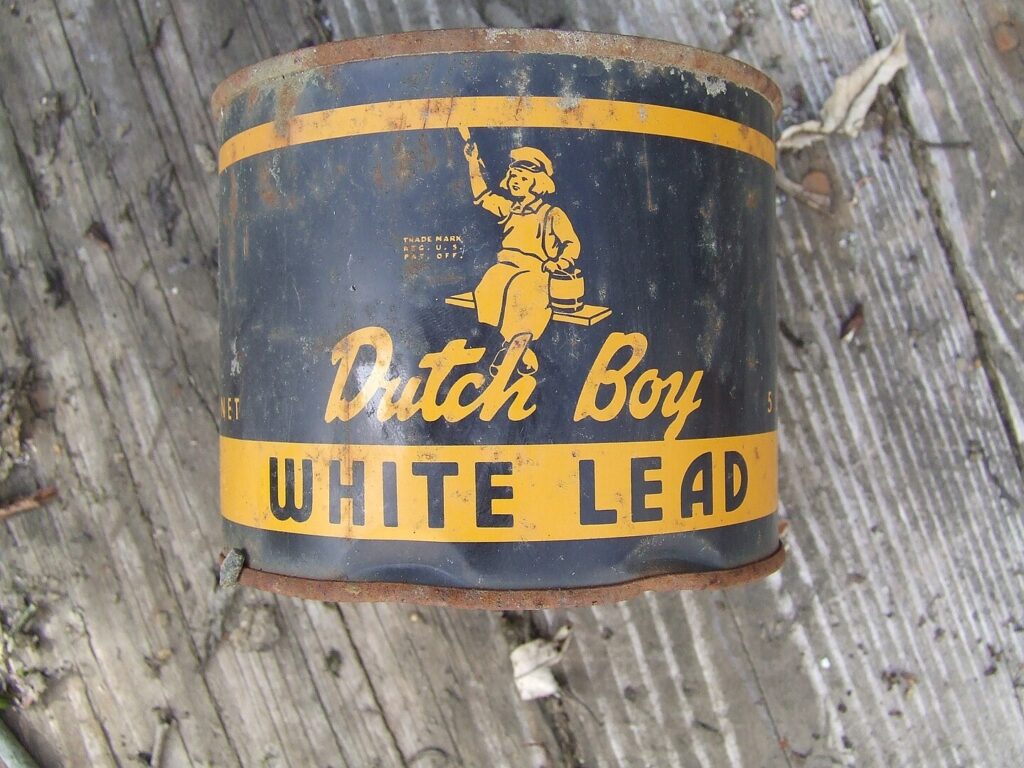
Lead pigments once brought bright color and durability, then left a toxic legacy on window trim and doors. When paint ages or is sanded, dust spreads into floors and little hands. Many owners discover the risk during renovation, not move in day. Testing and certified abatement manage the hazard, and routine cleaning helps until full removal is possible. Beneath fresh coats, older layers can still unwind progress. Awareness keeps a classic home from harming children.
PCB Ballasts In Old Fluorescent Fixtures
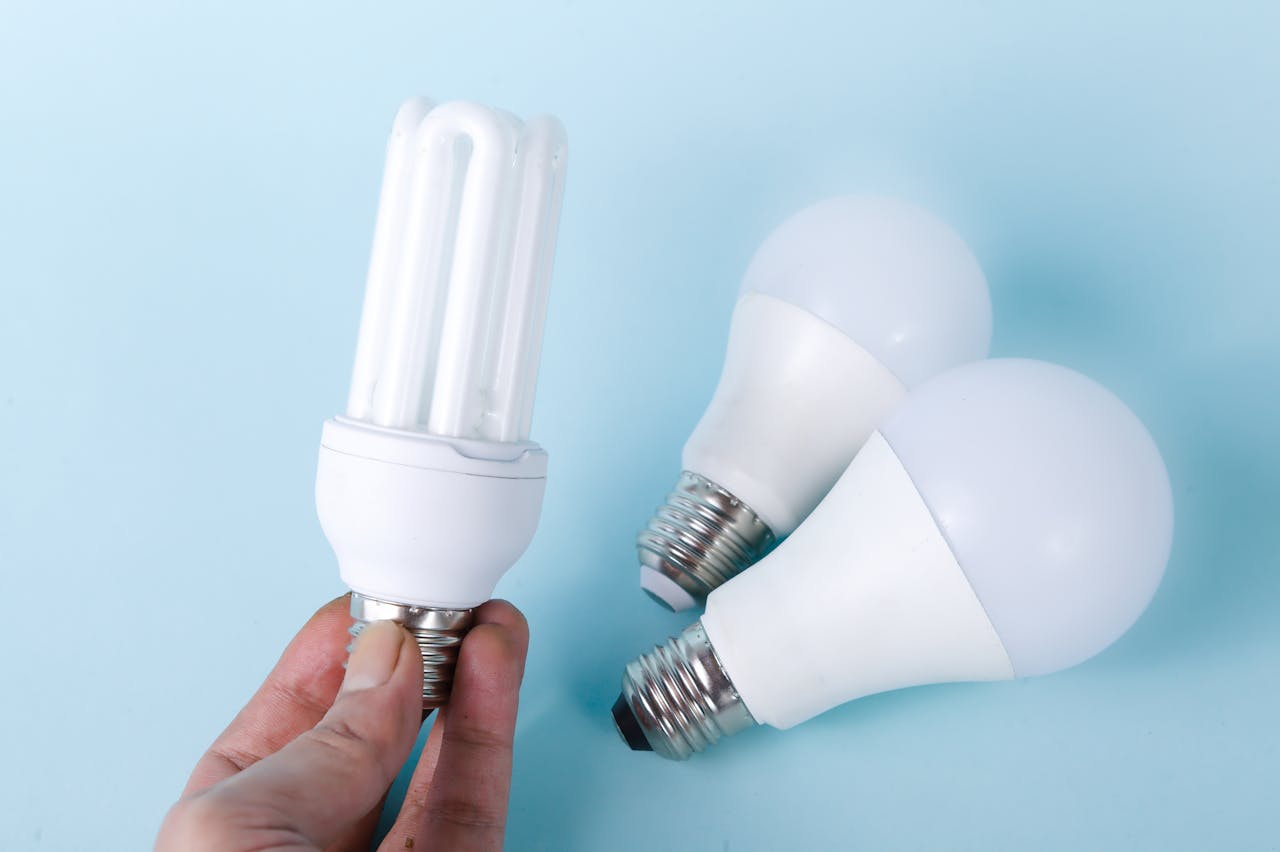
Aging fluorescent light ballasts in pre 1979 fixtures can contain PCBs. When they fail, the goo leaks and the smell hints at more than burnt electronics. Handling them like ordinary trash spreads a persistent pollutant beyond the basement. The fix is not complicated. Replace suspect ballasts or whole fixtures, bag the old parts properly, and use a hazardous waste drop off. One weekend project can remove a lingering chemical from everyday air and surfaces.
Most Incandescent Bulbs On Store Shelves
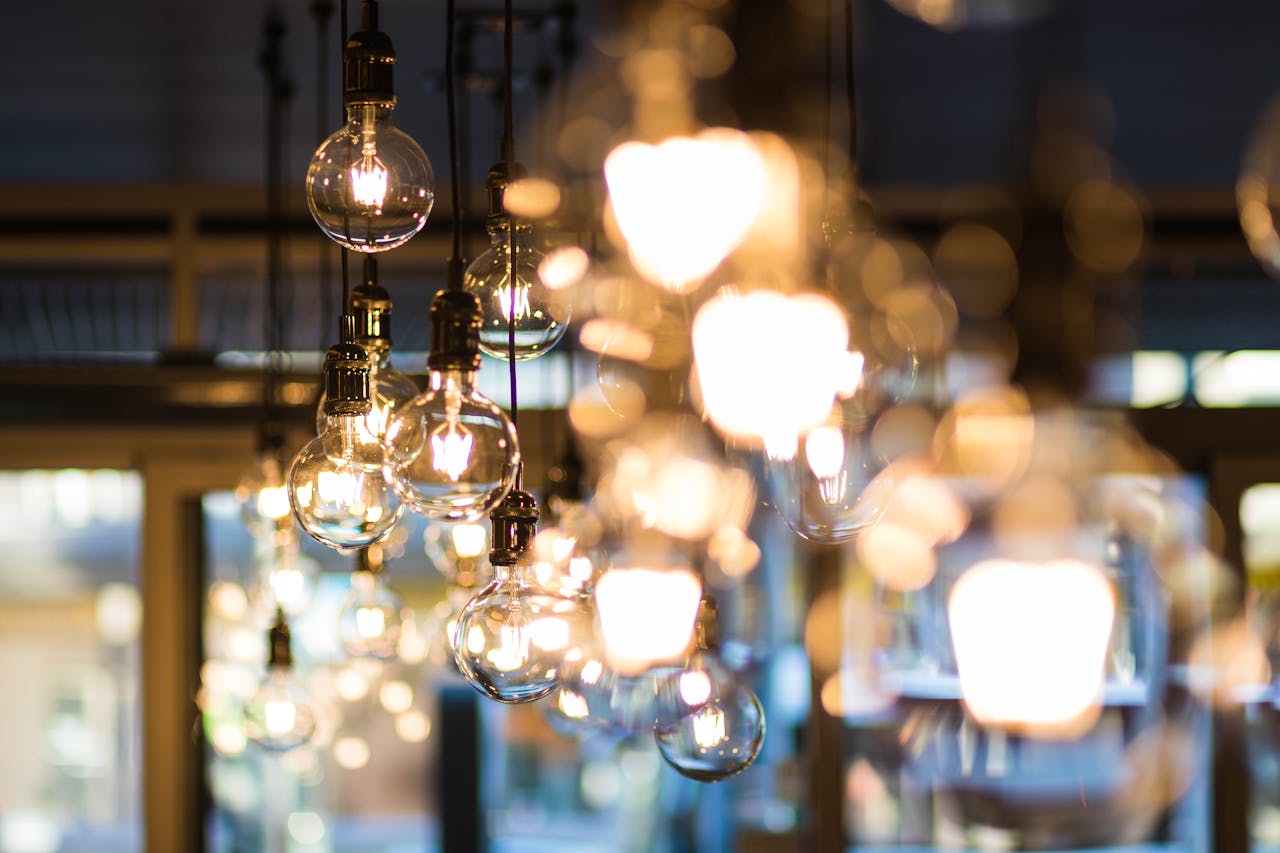
Households still stash classic bulbs in utility closets, but new efficiency rules pulled most from retail racks. The shift nudges lighting toward options that waste less energy for the same brightness. Owning old stock is not illegal, yet running through it delays savings on bills and heat load. Modern lamps reach full brightness quickly and last longer, which means fewer ladder trips and fewer burnt fingers. The familiar warm glow is easy to match now.
Mercury Fever Thermometers
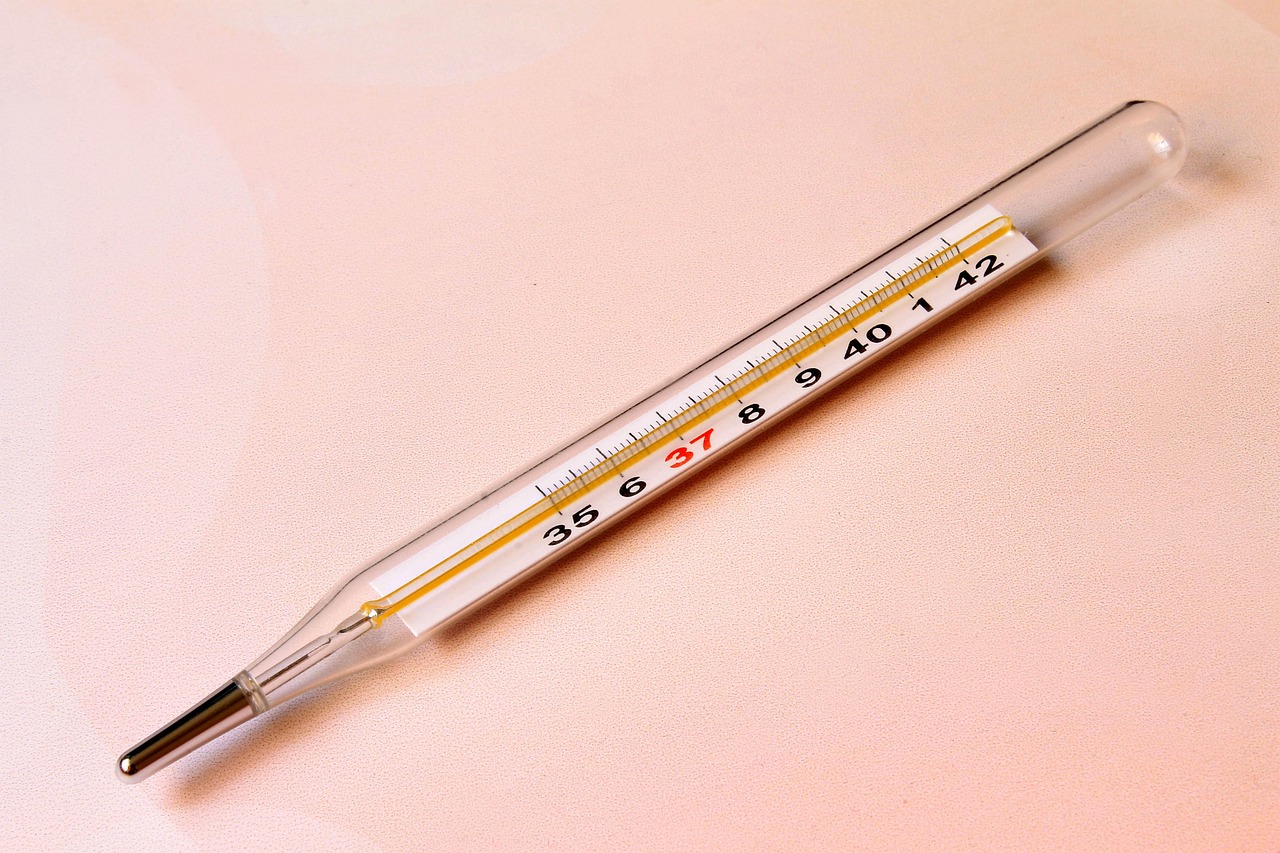
That silver line in glass tracks a fever with elegant precision and a toxic catch. Breaks release vapor and beads that roll into cracks, making cleanup a real hazard. Many states cut off sales years ago, pushing households and clinics to digital or alcohol based tools. Old thermometers linger in drawers, inherited from family kits. The safest path is to treat them as hazardous waste and retire them before an accident turns a sick day into a cleanup.
Triclosan Antibacterial Soaps

Antibacterial labels once promised extra protection at the sink. Over time, questions about safety and real world benefits reshaped what could be sold. Everyday washing relies on plain soap and time under water, which removes germs without leaving extra residues behind. Old bottles sometimes survive in laundry cabinets. Replacing them simplifies routines and avoids adding an unnecessary chemical to skin and drains. Clean hands come from habits, not hero ingredients.
Methylene Chloride Paint Strippers

Speed tempted many weekend projects toward harsh solvent strippers. In enclosed spaces, fumes could overwhelm before warning signs were obvious. Consumer sales were halted, and safer alternatives rose, even if they ask for patience and elbow grease. Cans of the old formulas still sit behind paint trays and drop cloths, a quiet hazard waiting for a shortcut. Disposing of them correctly and choosing slower methods keeps lungs and nerves out of the blast zone.
High Powered Magnet Desk Sets
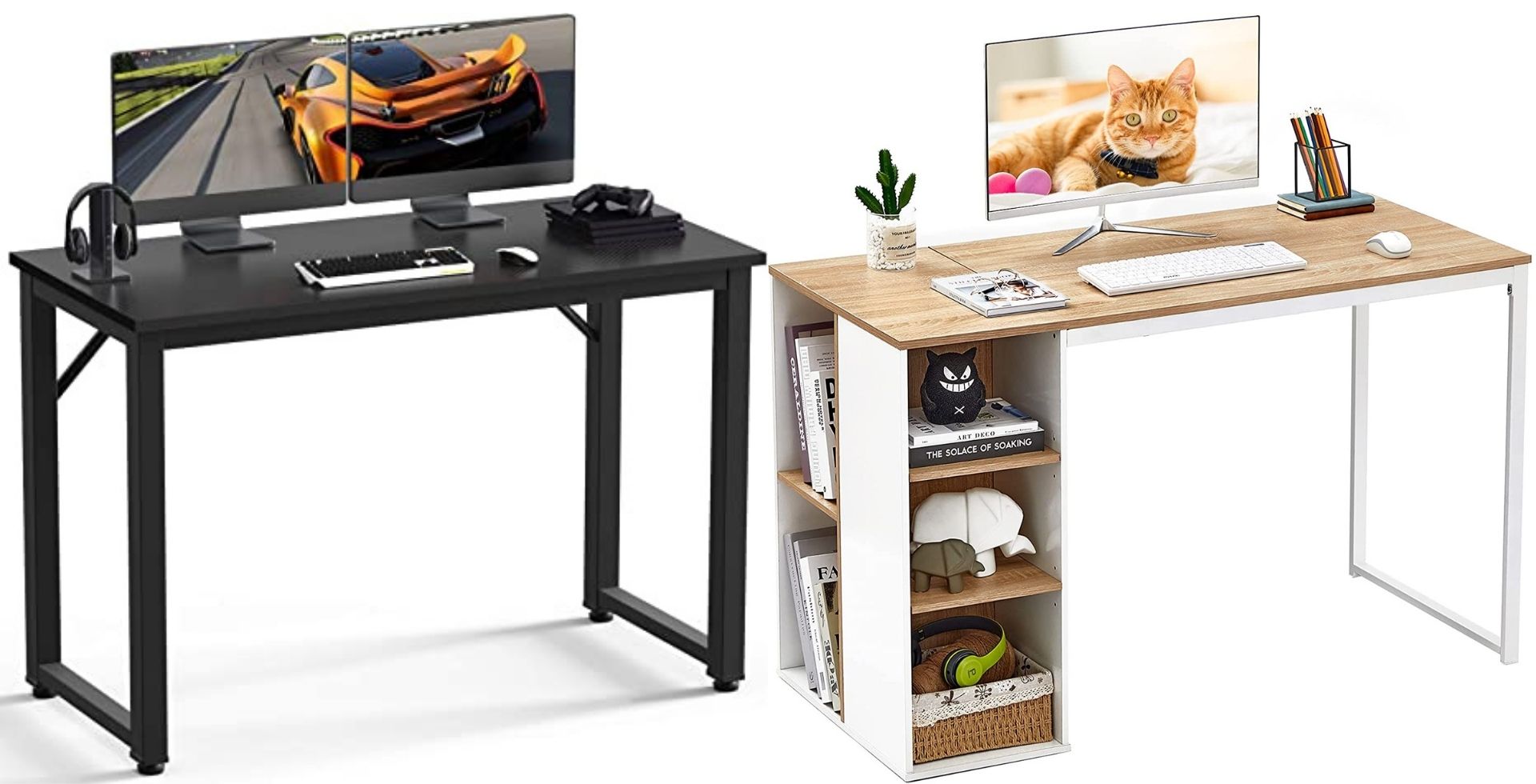
Those tiny rare earth beads clicked into chains and cubes, then slipped into small mouths. Swallowed magnets can pinch tissue across intestinal walls, turning a toy into an urgent surgery. A modern safety standard limits size and strength, yet older sets still hide in junk drawers. The lesson is not that curiosity is bad, but that some physics belong in the lab. Better to keep strong magnets for tools and leave play to safer pieces.
Phosphate Heavy Dishwasher Detergents
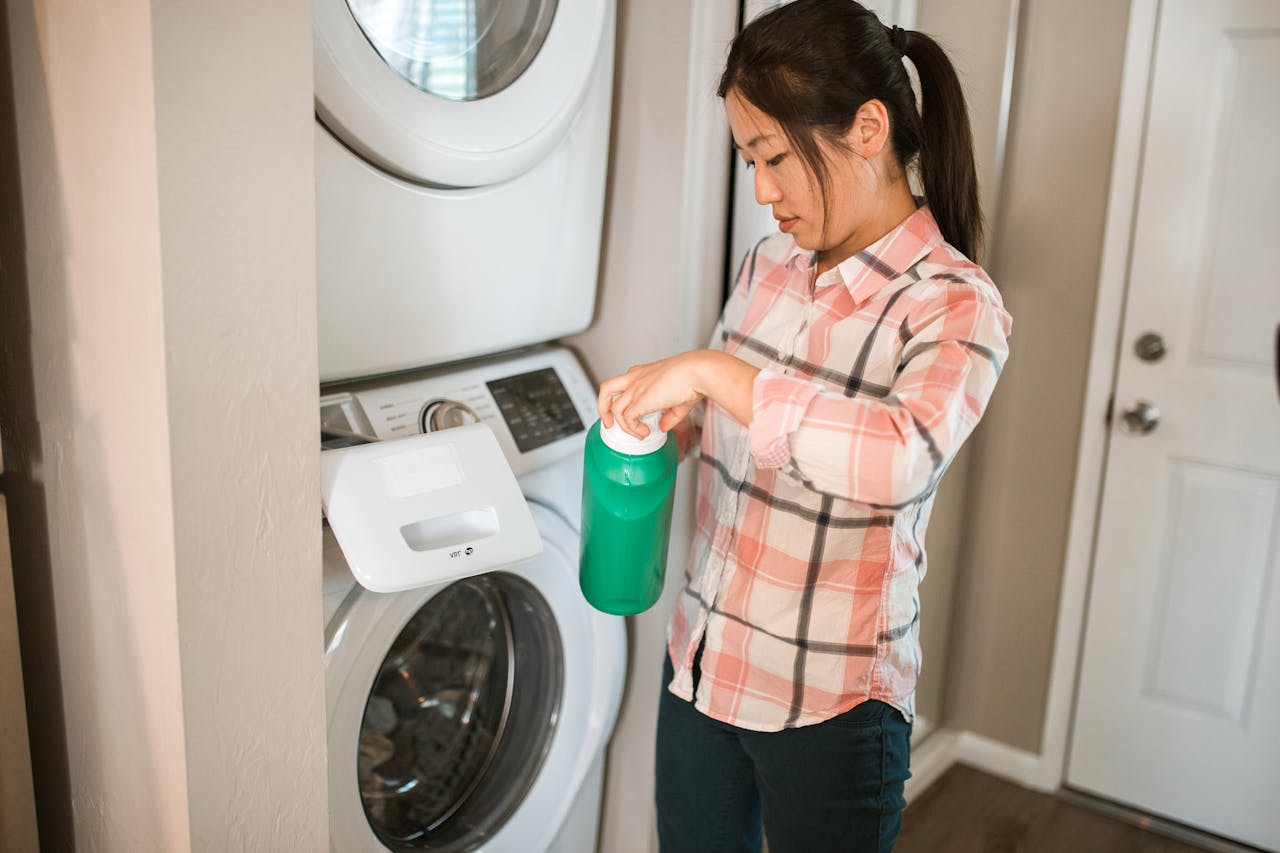
Phosphates supercharged cleaning, then supercharged algae blooms downstream. States moved to limit or ban them, and brands reformulated without much fanfare. Forgotten jugs occasionally turn up in laundry rooms or garage shelves. Using them now works against years of water quality gains for the price of slightly shinier plates. Modern detergents do the job with rinse aids and enzymes. It is a quiet environmental win that starts at the sink.
BPA Baby Bottles And Sippy Cups
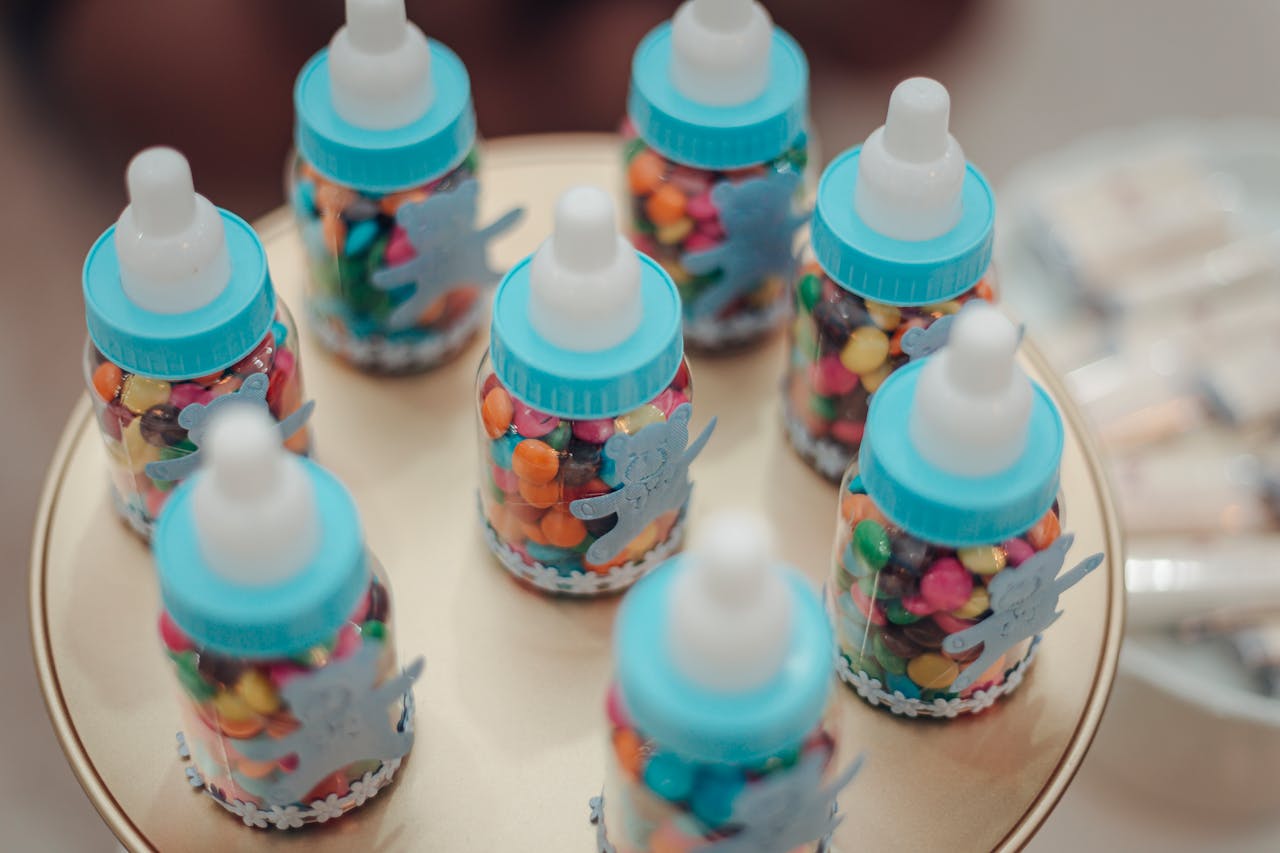
Concerns about bisphenol A in infant gear pushed manufacturers and regulators to move away from polycarbonate resins. Most homes switched long ago, yet old bottles still appear in hand me down boxes. Safer options are common and inexpensive, and they fit modern nipples and lids. The upgrade is not about alarm but alignment with current science. Parents already make a thousand choices a day. This one clears mental clutter and simplifies feeding time.
Leaded Plumbing Solder And Older Fixtures
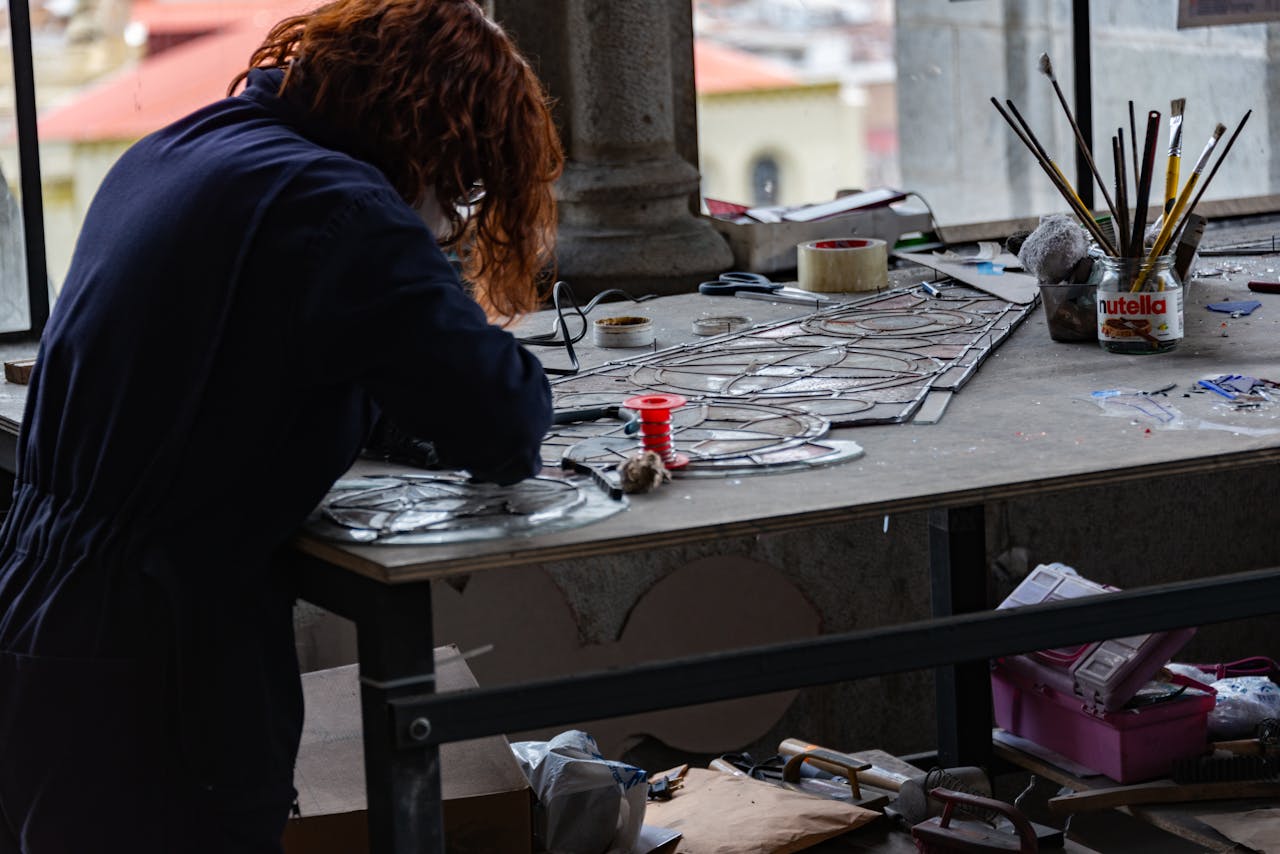
Lead once hid in the seams and brass of drinking water systems. Over time, laws tightened the definition of lead free, pushing parts and solder toward safer levels. Many homes still have legacy joints behind tile and drywall. Corrosion control helps, filters help, and replacements during remodels help even more. Testing tells the truth about what the tap delivers. A quiet materials change can turn into a daily health improvement, one sink at a time.


